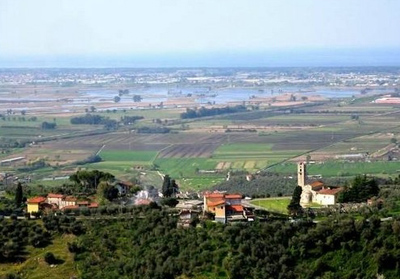
Lucca Elegance
May the pagan month. But also the month when spring sunshine flooding into rooms can get you thinking about replacing tired fabrics or furniture. If you’re feeling the nestbuilding urge, you could do worse than spend the weekend of 14-16 may at Lucca Elegance, the art, antiques and interior design fair at the Real Collegio in the centre of Lucca.
This is the second year of Lucca Elegance which attracted over 4000,00 visitors in 2009 drawn by the chance to see and buy paintings, furniture, fabrics and jewellery from top suppliers from all over Italy.
Clearly, living in houses that are often 300 or 400 years old has its responsibilities, and modern furniture will not always seem quite right.
Lucca Elegance strives to recreate the look of the typical 17th century salotto lucchese, displayed to perfection in the spacious rooms of the Real Collegio.
Whether you’re in acquisitive mood or not, the fair is an artistic experience in itself, where you can learn much about good art and design.
For example, there will be an exhibition feauturing many of the major Italian artists of the 19th and 20th centuries, especially those local to Tuscany.
In short, a great way to experience gracious living at its best.
Lucca Elegance will be at the Real Collegio (behind the Church of San Frediano, in the centre of Lucca) on:
Friday 14 May (3 pm – 11 pm)
Saturday 15 May (10 am – 11 pm)
Sunday 16 May (10 am – 7.30 pm)
Web-site: www.luccaelegance.it




